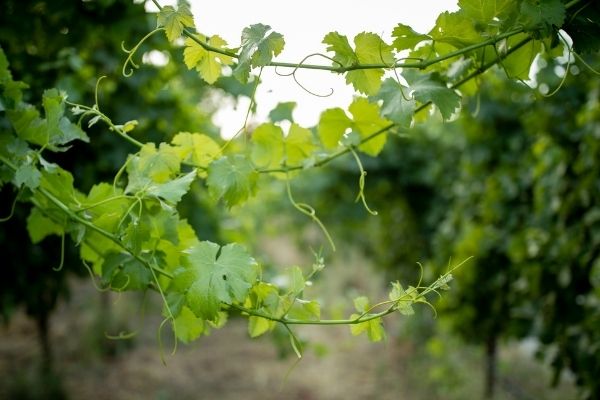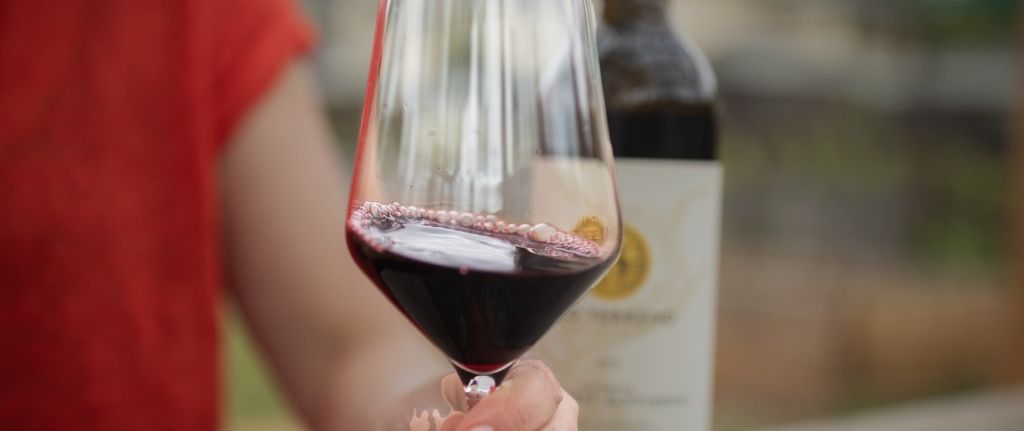Importance of healthy soil in the vineyard and why we care so much
Great wine starts with healthy soil. Unfortunately, industrial farming practices have stripped much of the world’s wine farmland of its natural character and its health, eliminating the potential for wine to optimally express its terroir and impacting the health of our global ecosystem. At Eco Terreno Wines & Vineyards we go to great lengths to ensure true soil health for our wines and our world.
How to create healthy soil
We consider ourselves soil farmers as much as we are winegrowers. In our beautiful, rustic vineyards located along the banks of the Russian River in Sonoma’s Alexander Valley, we follow organic, regenerative, and sustainable farming. Nutrient dense, healthy soil is at the foundation of all these practices. This requires developing a partnership with nature, rather than using chemical fertilizers and pesticides. There are many elements involved including cover crops, grazing animals, composting, minimal tilling, to name a few.

Measuring the microbiome
Our vibrant, healthy vineyards, edible gardens, orchard, and resident wildlife are good indications that our efforts are working. But we also frequent measuring of the soil’s health. We start by assessing if the soil is giving the vines the nutrients they need. Then we measure the ratio of organic to inorganic material and assess water retention. We also ensure a healthy soil microbiome by adding live microbes via a vermicompost tea we make on site. With more than five years of data looking at the overall fertility and health of the soil, our understanding of our soil deepens.
But does it make a difference to wine quality?
One wonderful result of these efforts is that the grapes from our vineyards, the Lyon Vineyard and the Cisne Vineyard, impart the unique, distinguishable characteristics of their surroundings into the finished product. You can truly taste the difference.
More than that, we’ve found that for all we give our soil, it gives back even more. Along with outstanding wines, healthy soil fosters a thriving ecosystem of plant and animal life as well as carbon sequestration (the capturing and storing of carbon dioxide so that it stays out of the atmosphere and cannot contribute to global warming).
Healthy soil, healthy planet, great wines. What could be better than that?

How to tell what type of soil you have at home
Any inactive dirt can be transformed into healthy soil, and the most effective way is to add compost. But before you start, it’s important to understand the type of soil in your garden. The three main classifications of soil are clay soils, sandy soils, and loamy soils. Clay is nutrient-rich, but slow draining, and it has a tendency to stay waterlogged. Sandy soil drains quickly, but it struggles to retain water and nutrients. The ideal soil type is loam, which drains well and is able to retain moisture and nutrients.
Here’s to how to determine your soil type, with the easy-to-do squeeze soil test:
- Water a patch of your soil (or wait until after the rain). The soil should be moist, not too wet.
- Pick up a clump of and gently squeeze it.
- Open your hand.
- If the soil keeps its shape, and crumbles when lightly poked, rejoice. You have loamy soil, the ideal soil for most plants, flowers, and vegetables.
- If the soil keeps its shape, then when poked stays in shape, you have clay soil.
- If the soil falls apart immediately when you open your hand, you have sandy soil.
Understanding your soil type is the first step to composting. We’ll dig deeper (into soil…) in future posts on this topic so visit us again soon for more information and tips.
Read more about life on a regenerative wine farm
Learn about our farming practices
